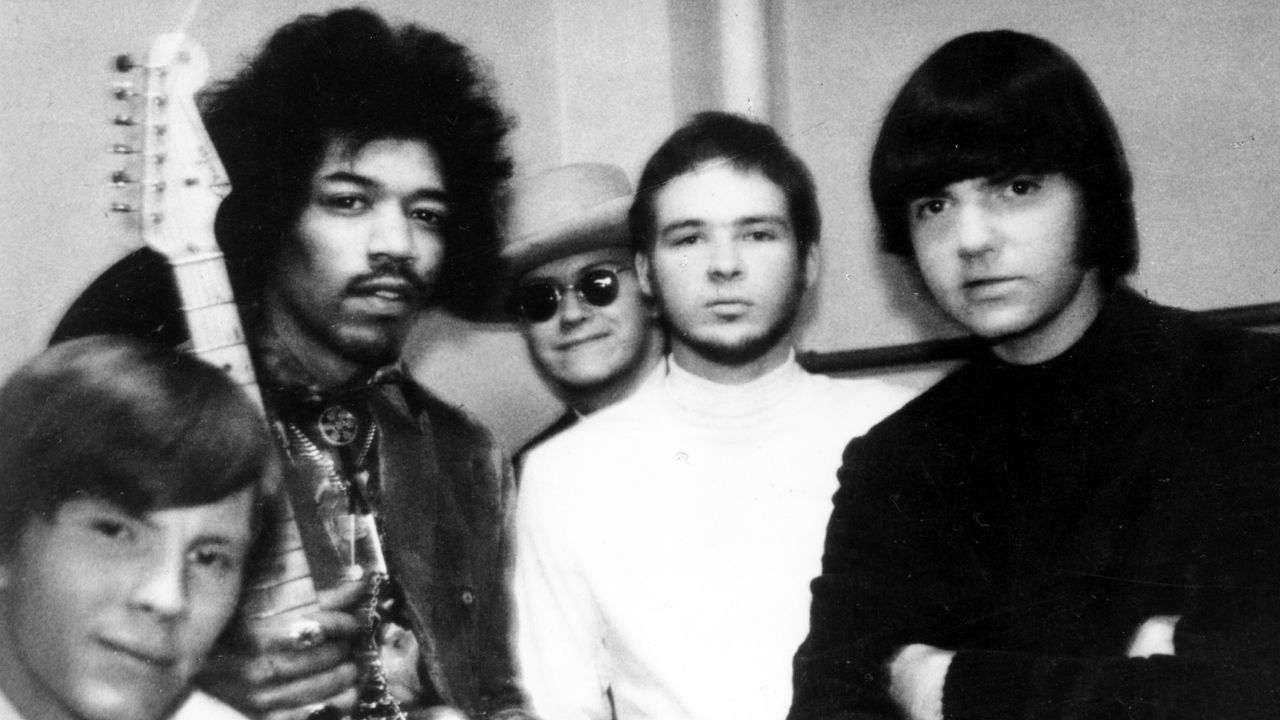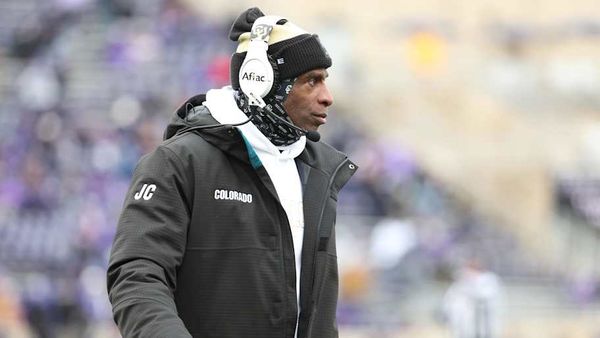
ZZ Top have recorded some great blues songs over the years – none of them better than the one on which Billy Gibbons played a Stratocaster gifted to him by the most revered guitarist of them all.
It was in 1968, in the days before ZZ Top, that Gibbons befriended Jimi Hendrix.
Gibbons was then a member of psychedelic rock group The Moving Sidewalks, who opened for The Jimi Hendrix Experience on a US tour.
Eleven years later, when ZZ Top recorded their sixth album Degüello, Gibbons pulled out the Strat that Hendrix had given to him. He played it on the track that many fans consider to be ZZ Top’s finest blues number – A Fool For Your Stockings.
In a 2018 interview with Classic Rock, Gibbons recalled: “Many of ZZ Top’s songs started out from picking up a catchphrase, just something off the cuff, and that was certainly true of A Fool For Your Stockings.
“I remember overhearing one of our buddies recollecting why he fell for a certain girl. When he uttered the phrase, ‘Man, I was a fool for her stockings’, it was so honest and so unexpected. I wrote it down immediately, and it served us well.
“Interestingly, when we recorded that song, I was playing the Fender Strat that Jimi Hendrix gave me when we were travelling together, and for some reason the guitar wasn’t working through the amp. We wound up plugging the guitar straight into the board, and that’s why it’s such a clean tone on that particular track.”
Touring with Hendrix was a legendary period in Gibbons' life. Not only were the Moving Sidewalks opening for Hendrix, they were covering his songs to fill out their set. Hendrix just had to admire the cheek of it.
For Gibbons, it was an education, particularly about the unadvertised capabilities of Leo Fender's most successful electric guitar design. Hendrix could not only play it like no one else, he had modded it, too, anticipating the five-way pickup switch we see on today's models.
“Jimi took the three-way toggle switch into five-way,” said Gibbons, speaking to Total Guitar. “He’s the one that discovered the in-between positions, and in order for that not to pop out of place, he showed me how to take off the back scratch plate and remove the spring within the toggle switch, so it would more or less stay in place! And that sound had this extra chimeyness to it.
“This is the first five-way toggle switch that I ever saw. He took the springs off the standard switch so that it just hung there. When he wanted to move it out-of-phase, Jimi’d shake the guitar until the switch moved, smooth as can be, into the position.”
Gibbons argued that Hendrix never quite got the credit he deserved for that. But he won't forget it. As for the pink Strat, it is still in his rotation.
“It's in safekeeping, and it still gets a good whoopin' in the studio every once in a while," he said, speaking to Premiere Collectibles in 2020.
There are many other classic blues songs in the ZZ Top catalogue – most notably Sure Got Cold After The Rain Fell from the album Rio Grande Mud (1972), Jesus Just Left Chicago from Tres Hombres (1973), Blue Jean Blues from Fandango! (1974), I Need You Tonight from Eliminator (1983) and 2000 Blues from Recycler (1990).
Gibbons told Classic Rock how his love for blues guitar originated.
“I grew up in a house where music was a constant,” he said. “My dad, a rather interesting all-round entertainer, provided a tremendous sonic background to my childhood.
“We also had a housekeeper and she loved listening to the rhythm-and-blues radio stations.
“And one day, when I was about seven years old, my dad took me to ACA Studios in Houston, where he had some business to do.
“There was a recording session in progress and my dad put me in there, sat me on a chair, and said, ‘I’ll come back for you in a little while.’ It turned out that the session was by none other than B.B. King. And what B.B. was doing with the guitar, I remember thinking, this is for me…”
He described this as a defining point in his life.
“It sure was. Also, my younger sister and I got to tag along with my mom to go to see an Elvis Presley concert. And those two events, to this day, loom large in the mind.
“Those two events were doubly responsible for taking my life into a certain direction. Between Elvis and B.B. King, I was done.”
Gibbons named two other blues artists who had a profound influence on him.
“I think it’s fair to say that when Muddy Waters left the acoustic guitar by the wayside and finally decided to plug in and power up, that was a rather significant turning point,” he said. “From that moment – the electrification of the blues – there was no turning back for me.
“And I would also add Jimmy Reed into the mix. Even to this day I find myself returning to his old recordings, and it’s somewhat remarkable that after hearing these things over and over again, there’s always something that pops up that I may not have caught before. It’s kind of amazing to me that I can still get such a charge out of Jimmy Reed’s stuff.”
On his 2018 solo album the Big Bad Blues, Gibbons recorded two Muddy Waters songs – Standing Around Crying and Rollin’ And Tumblin’.
“I like to extol the virtues of the originators,” he said. "We’re challenged to be successful as interpreters.
“In those silent moments when you’re all alone in a studio and you imagine what it might have been like during those rather captivating moments when many of these great songs were recorded, it’s inspirational.
He added: “It requires some measure of imagination, of course, but I think that’s part of the mystery of the magnetic appeal of this rather simplistic art form. I use that word ‘simplistic,’ but it really is rather complex.”







